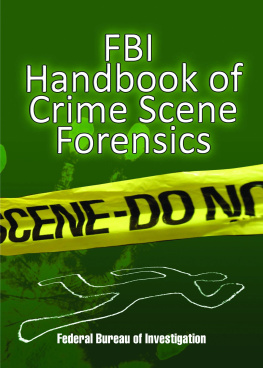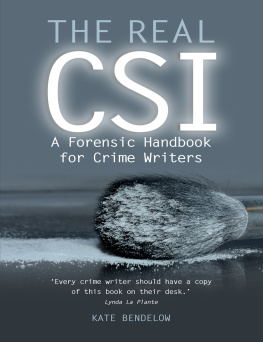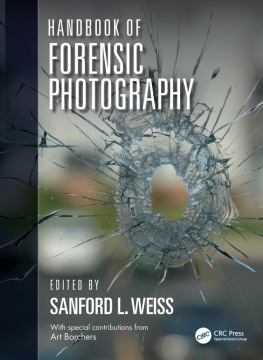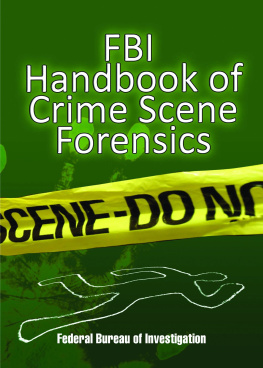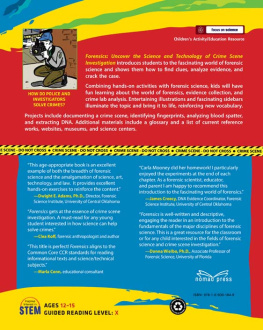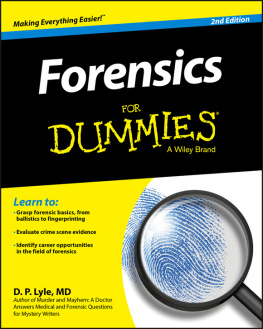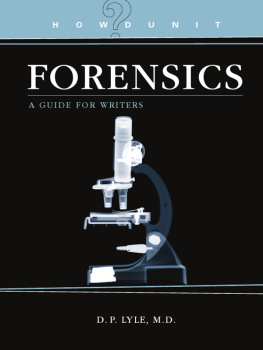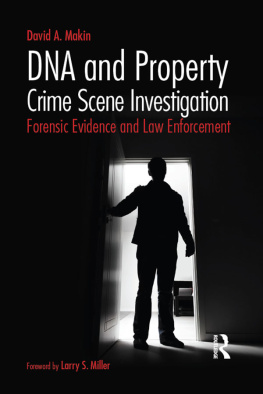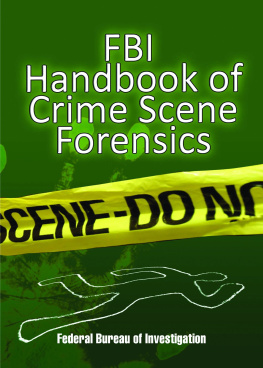Submitting Evidence
Requesting Evidence Examinations
All requests for evidence examinations should be in writing, on agency letterhead, and addressed to the FBI Laboratory Evidence Control Unit, unless otherwise indicated in the Examinations section.
Do not submit multiple cases under a single communication. Each case should be submitted with a separate communication and packaged separately.
All international law enforcement agency/ police requests should be coordinated through the appropriate FBI legal attach (LEGAT). LEGATs should fax the request to the Evidence Control Unit, 703-632-8334, prior to submitting any evidence to the Laboratory. Questions concerning international submissions should be directed to 703-632-8360.
Requests for evidence examinations must contain the following information:
- The submitting contact persons name, agency, address, and telephone number.
- Previous case-identification numbers, evidence submissions, and communications relating to the case.
- Description of the nature and the basic facts of the case as they pertain to evidence examinations.
- The name(s) of and descriptive data about the individual(s) involved (subject, suspect, victim, or a combination of those categories) and the agency-assigned case-identification number.
- The name of the prosecutor assigned, if available.
- A list of the evidence being submitted herewith (enclosed) or under separate cover.
- Herewith is limited to small items of evidence that are not endangered by transmitting in an envelope. Write on the envelope before placing evidence inside to avoid damaging or altering the evidence. The written communication should state: Submitted herewith are the following items of evidence .
- Separate cover is used to ship numerous or bulky items of evidence. Include a copy of the communication requesting the examinations. The written communication should state: Submitted under separate cover by [list the method of shipment] are the following items of evidence .
- What type(s) of examination(s) is/are requested.
- Where the evidence should be returned and where the Laboratory report should be sent. A street address must be included.
- A statement if the evidence was previously examined, if there is local controversy, or if other law enforcement agencies have an interest in the case.
Packaging and Shipping Evidence
- Prior to packaging and shipping evidence, call the pertinent unit for specific instructions.
- Take precautions to preserve the evidence.
- Wrap and seal each item of evidence separately to avoid contamination.
- Place the evidence in a clean, dry, and previously unused inner container.
- Seal the inner container with tamper-evident or filament tape.
- Affix EVIDENCE and BIOHAZARD labels, if appropriate, on the inner container. If any of the evidence needs to be examined for latent prints, affix a LATENT label on the inner container.
- Affix the evidence examination request and all case information between the inner and outer containers.
- Place the sealed inner container in a clean, dry, and previously unused outer container with clean packing materials. Do not use loose Styrofoam.
- Completely seal the outer container so that tampering with the container would be evident.
- All shipments of suspected or onfirmed hazardous materials must comply with U.S. Department of Transportation and International Air Transport Association regulations. Title 49 of the Code of Federal Regulations (CFR) lists specific requirements that must be observed when preparing hazardous materials for shipment by air, land, or sea. In addition, the International Air Transport Association annually publishes Dangerous Goods Regulations detailing how to prepare and package shipments for air transportation.
- Title 49 CFR 172.101 provides a Hazardous Materials Table that identifies items considered hazardous for the purpose of transportation. Title 49 CFR 172.101 also addresses special provisions for certain materials, hazardous materials communications, emergency response information, and training requirements for shippers. A trained and qualified evidence technician must assist with the typing, labeling, packaging, and shipping of all hazardous materials.
U.S. Department of Transportation regulations and the following guidelines must be followed when shipping live ammunition:
- Package and ship ammunition separately from firearm(s).
- The outside of the container must be labeled ORM-D, CARTRIDGES, SMALL ARMS.
- The Declaration of Dangerous Goods must include the number of packages and the gross weight in grams of the completed packages.
Evidence Examinations
Abrasives Examinations
Examinations may determine the type of abrasive material used to sabotage engines or machinery.
Questions concerning abrasives evidence should be directed to 703-632-8441. Follow the evidence submission directions, including Requesting Evidence Examinations and Packaging and Shipping Evidence .
- Employ personnel familiar with the operations and mechanics of engines and machinery to recover abrasives.
- Abrasives settle in oil and fuel. Submit the oil and fuel from the engine pump and/or filters.
- Abrasives embed in bearings and other parts. Submit the bearings and other parts.
- Submit abrasives in heat-sealed or resealable plastic bags or paint cans. Do not use paper or glass containers.
Adhesive, Caulk, and Sealant Examinations
Adhesives, caulks, and sealants can be compared by color and chemical composition with suspected sources. The source and manufacturer of adhesives, caulks, and sealants cannot be determined by compositional analysis.
Questions concerning adhesive, caulk, and sealant evidence should be directed to 703-632-8441 . Follow the evidence submission directions, including Requesting Evidence Examinations and Packaging and Shipping Evidence .
- When possible, submit the item to which the adhesive, caulk, or sealant is adhered. If this is not possible, remove a sample of the material with a clean, sharp instrument and transfer it to a resealable plastic bag or leakproof container such as a film canister or plastic pill bottle.
- Submit a suspected source. Package separately.
Anthropological Examinations
Anthropological examinations can determine whether something is a bone and, if so, whether it is human or animal in origin. Race, sex, approximate height and stature, and approximate age at death often can be determined from human remains. Damage to bone such as cuts, bluntforce trauma, and bullet holes also may be examined. Personal identifications can be made by comparing X-rays of a known individual with skeletal remains.
Anthropological examinations usually are conducted on bones sent to the Laboratory for DNA analysis or facial reproductions.
Questions concerning anthropological evidence should be directed to 703-632-8449 . Follow the evidence submission directions, including Requesting Evidence Examinations and Packaging and Shipping Evidence .

